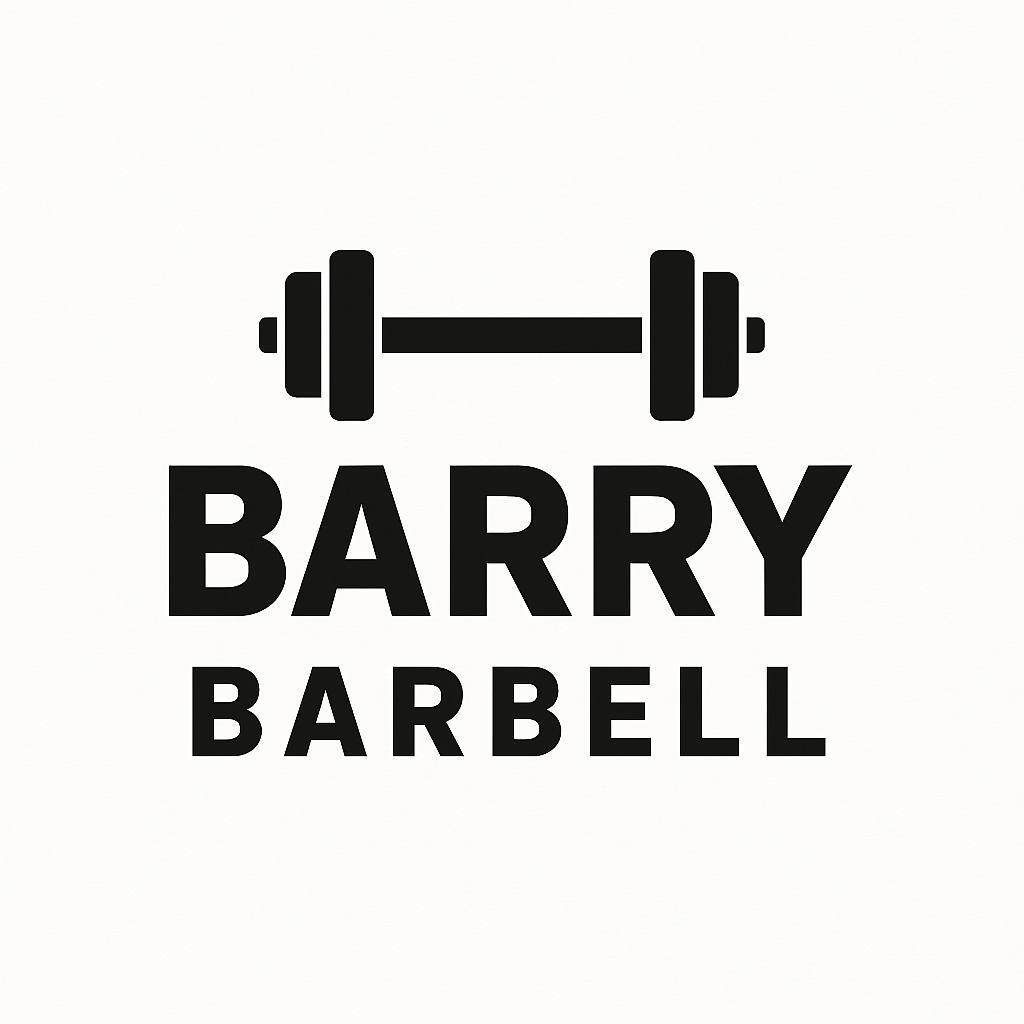Strength training is an effective and empowering way to improve your overall health, boost your metabolism, and develop a strong body without needing a gym membership. Whether you’re a complete beginner or have some experience, learning how to do strength training at home can be a game changer. In this article, we’ll walk you through actionable tips, essential exercises, and the benefits of incorporating strength training into your daily routine.
Why Choose Strength Training at Home?
Opting for strength training at home comes with plenty of advantages:
- Convenience: Train on your schedule without the hassle of commuting.
- Cost-effective: Save money on gym memberships and commuting costs.
- Privacy: Work out in a comfortable environment where you can focus on your form and technique.
- Flexibility: Customize your workouts to fit your unique lifestyle.
Getting Started with Strength Training at Home
Assess Your Space
Before you dive into strength training at home, assess your workout area. Here are a few tips:
- Choose a Dedicated Space: This doesn’t need to be a large area, but having a designated spot helps create a routine.
- Ensure Safety: Clear the area of any hazards. Ensure that the floor is stable and free from clutter.
- Lighting and Ventilation: A well-lit and ventilated space makes your workouts more enjoyable.
Equipment Essentials
You don’t need a fully stocked gym to begin your strength training at home. Some key items you should consider investing in include:
- Dumbbells: Versatile and essential for various exercises.
- Resistance Bands: Great for beginners and adds variety to your workouts.
- Stability Ball: Useful for a range of exercises, especially core workouts.
- Yoga Mat: Provides cushioning for floor exercises.
Start with Bodyweight Exercises
If you’re a complete beginner or you want to avoid equipment initially, bodyweight exercises are a fantastic starting point. Here are some fundamental movements to try:
- Push-Ups: Great for building upper body strength
- Squats: Excellent for engaging your legs and glutes.
- Lunges: Targets multiple muscle groups including your quads and hamstrings.
- Plank: Strengthens your core muscles.
Structuring Your Strength Training Routine
Frequency and Duration
When beginning your journey into strength training at home, consider the following recommendations:
- Workout Frequency: Aim for 2-3 days per week, allowing at least one day of rest between sessions to promote recovery.
- Duration: Start with 20-30 minutes per session. As you progress, you can increase the duration and intensity of your workouts.
Create a Balanced Workout Plan
It’s crucial to target all major muscle groups throughout the week. A balanced routine can look something like this:
- Day 1: Upper Body (Push-ups, Dumbbell Rows, Shoulder Press)
- Day 2: Lower Body (Squats, Lunges, Glute Bridges)
- Day 3: Core (Planks, Dead Bugs, Russian Twists)
Progressing Your Workouts
As you become more comfortable with your routine, it’s important to challenge yourself. Here are some progression tips:
- Increase Repetitions: Gradually increase the number of reps.
- Add Weight: If you’re using dumbbells, increase the weight as you gain strength.
- Modify Exercises: Make exercises more challenging by changing your position or tempo.
Staying Motivated
Set Clear Goals
Establishing clear and achievable goals can greatly enhance motivation. Consider both short-term and long-term goals, such as:
- Short-term: Complete at least one workout session per week.
- Long-term: Increase your squats by 10 lbs within three months.
Track Your Progress
Keeping a workout journal can be an effective way to stay motivated and accountable. Record:
- The exercises you complete
- The number of sets and repetitions
- Any weights used
- How you feel before and after your workouts
Find Your Community
Joining online fitness communities or social media groups can help keep you engaged and inspired. Share your goals, progress, and challenges with others.
Overcoming Common Challenges
Time Constraints
One of the biggest barriers to starting strength training at home is finding time. Here are some strategies to overcome this challenge:
- Schedule Your Workouts: Treat your workouts as appointments and block out time in your calendar.
- Shorter, More Intense Workouts: High-Intensity Interval Training (HIIT) can provide effective workouts in a shorter timeframe.
Lack of Space or Equipment
Don’t let limited space or lack of equipment deter you. You can still achieve effective strength training at home:
- Utilize Bodyweight Exercises: They are effective and require no equipment.
- Get Creative: Use household items like water bottles or backpacks filled with books for added resistance.
Maintaining Momentum
Staying consistent is vital for long-term success. Here’s how to maintain your motivation and continue making progress:
- Mix It Up: Change your exercises, try new routines, and keep your workouts interesting.
- Celebrate Small Wins: Acknowledge your achievements, no matter how small. This could be mastering a new exercise or simply sticking to your routine.
The Benefits of Strength Training at Home
Incorporating strength training at home offers a multitude of benefits:
- Improved Strength and Muscle Tone: Regular training leads to enhanced strength and muscle definition.
- Increased Metabolism: Muscle mass burns more calories, even at rest.
- Better Functional Fitness: Strength training enhances your ability to perform everyday activities with ease.
- Enhanced Mental Health: Physical activity releases endorphins, helping you manage stress and anxiety.
Conclusion: Start Your Fitness Journey from the Comfort of Home
Embarking on your strength training journey at home can be a fulfilling and rewarding experience. With the right mindset, some basic equipment, and a structured plan, you can achieve your fitness goals without stepping foot in a gym.
Whether you are just getting started or looking to elevate your existing routine, remember that every small step brings you closer to a stronger, healthier version of yourself.
Now that you know how to incorporate strength training at home into your life, it’s time to get started. Gather your motivation, create space, and plan your workouts. Here’s to a healthier, stronger you!

